Hello, everybody! Does anybody here enjoy a McDonald’s burger? I used to think that they’re terrible since my gold-standard is always Burger King. It’s something that I used to eat a lot to save money but I didn’t recall loving it. I always thought that it’s bland, mediocre and small but it gets the job done. I came to realize lately that they’re better than how I remembered them to be and they can be quite tasty, too. There are some things that are worth a look after not having them for a long time. We’re probably attached to the image or taste of something that it made our opinion biased. Today, I’ll show you a good example of something that many of us take for granted but it really is a decent product that’s worth another look.
Introduction:
Everyone knows that my favorite cheap film is the Fujifilm Industrial 100. It was the best bang-for-buck film available locally but Fujifilm decided to end its production so prices went up to unreasonable levels. I was faced with no other choice but to make-peace with a film that I hated, the Kodak Gold 200. I never had any great experiences with it before but I also did not hate it so much that I won’t ever use it unlike Mitsubishi’s cheap version that I used to buy a very long time ago. I hated it because it didn’t give me the qualities of the Fujifilm Industrial 100 and I hated shooting with ISO200. It’s a weird ISO and I preferred ISO100 for slower films and ISO400 for moderate ones. This is a weird in-between ISO that I have not much use for. With ISO100 I could calculate my exposure within my mind but ISO200 throws things off.
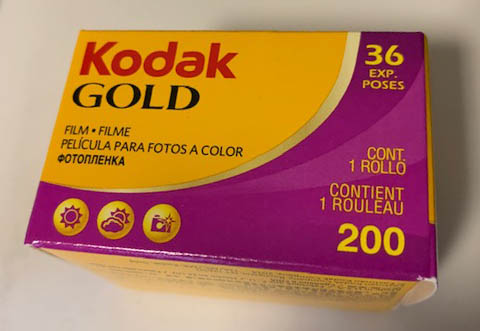
This film is still priced reasonably-well despite not being cheap at all. I am a cheap photographer and I would never use expensive stocks unless the lens I used demands it. For taking mundane photos of daily things I prefer cheap films. Having said that, I bought many rolls of this to give it another chance. I was surprised by what I saw, it wasn’t as bad as I remembered it to be! It’s quite decent to be honest, maybe my photography skills have improved or I was just shooting with cheap equipment back then (a Canon T80 and zoom).
This is Kodak’s cheap film in the ISO200 segment. It’s a very popular film, a lot of students and beginners were weaned on this. I vaguely remember it, I was shooting more with Mitsubishi and Sakura back then when I needed an inexpensive stock. It’s easy to source this today, you can find it at outlets or discount shops even.
This film has an amber hue as usual with some Kodak stocks. It’s not bad at all but it’s something that you should be aware of. Some people like it but it has quite a reputation of making some people look like they have hepatitis. To be honest, it does look good on some people with lighter complexion. It’s hit-or-miss for people with brown skin in my experience, depending on the tint of your available light. I’d prefer not to use it for people unless I do not have any other choice.
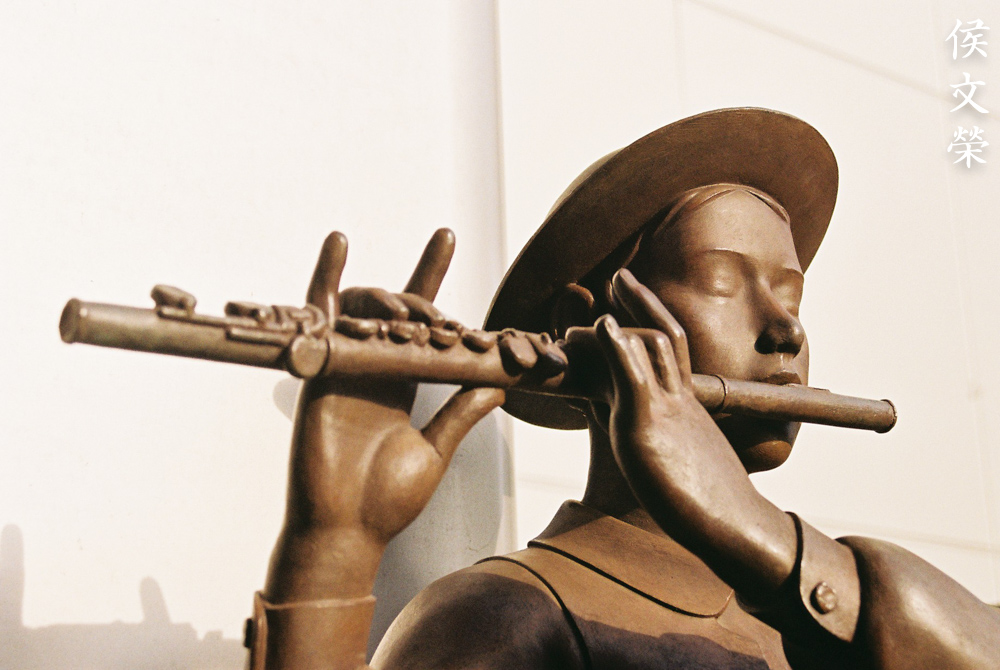
The amber tint is amplified during the golden hour. The wall at the back is a good indication of how much this film will tint your photos. Despite that, it’s a nice film with decent resolution for a cheap “pharmacy-film”. Back then, it was possible to buy film everywhere, even at the pharmacy. I could even get a roll from a convenience store in the middle of nowhere (at inflated price).

The white parts of the minivan looks a bit yellowish but it’s not so bad here. The grain looks nice, it’s no fine-grain film but it’s not ugly at all.

This film has a lot of character when shot in the shade thanks to the amber tint. It helps give your photos a warmer look which is needed when you’re shooting in the shade. It also helps give that “vintage-look” that people hate or love depending on who you ask. People who love craft coffee will love it.
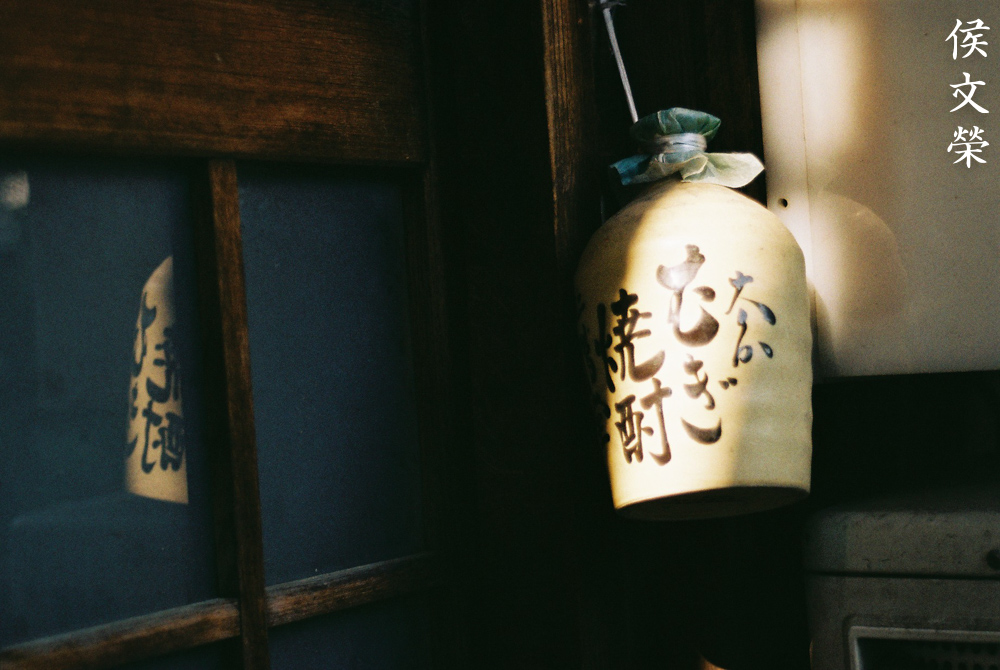
Dynamic range is typical with most film stocks.

Film has better dynamic range compared to a digital camera, at least that’s the case many years ago. Still, film handles scenes like this better than what a digital camera could produce. Let’s do a test and see how things advanced since the 15 years ago.

Reds are difficult to shoot in my experience. This film is no-different, it has the tendency to clamp its tones. I am not a chemist so I don’t know what the hell is going on with reds and film.
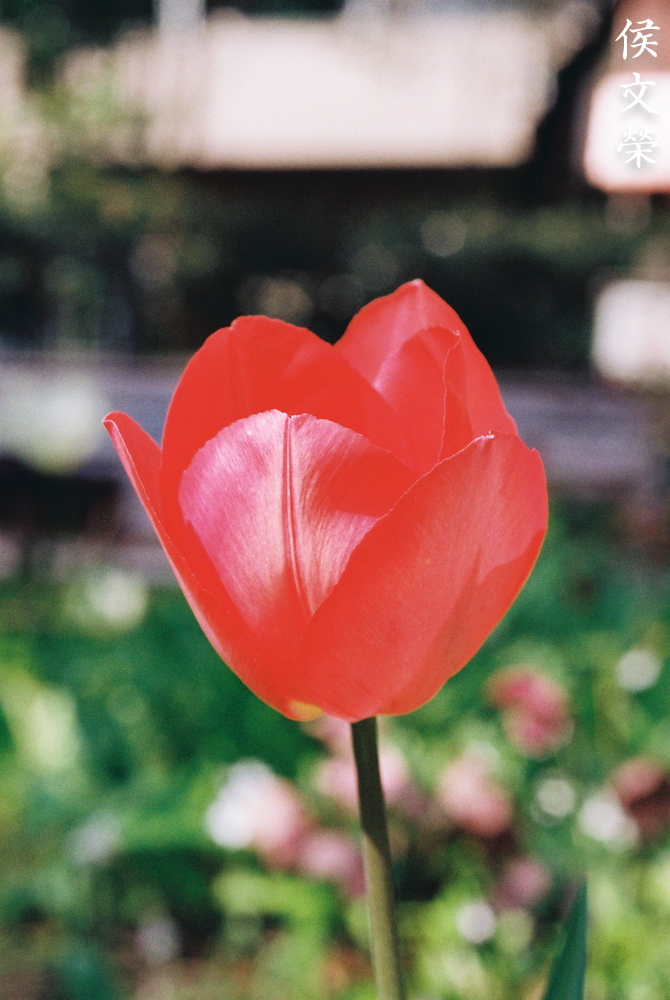
If I recall it, Fujifilm is better at handling reds. This photo isn’t bad but it’s a good example of how this film clamps the reds. A digital camera can handle this much better, specially the modern ones.
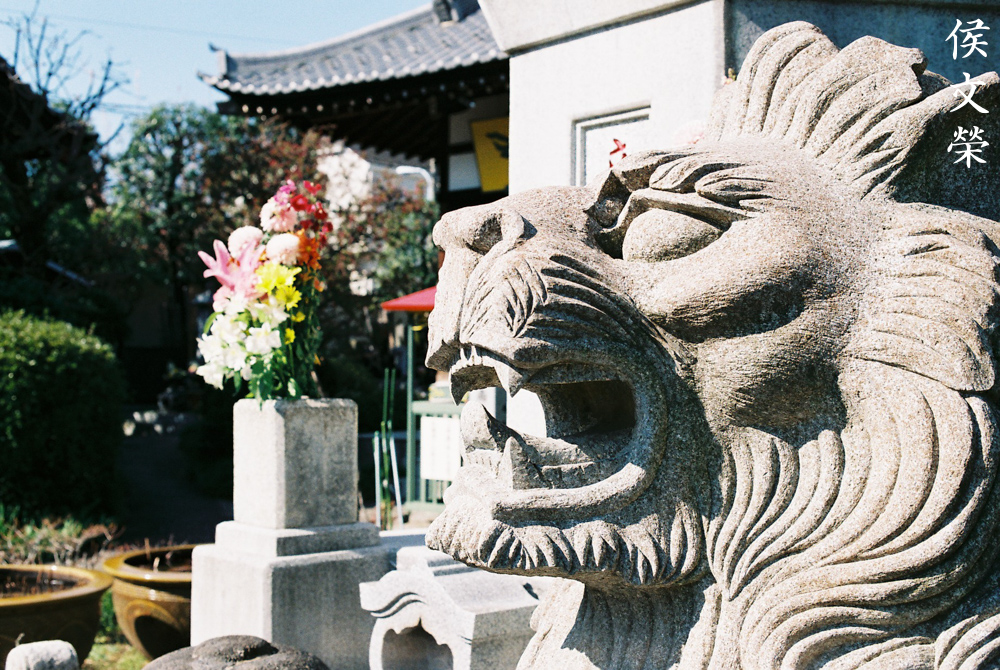
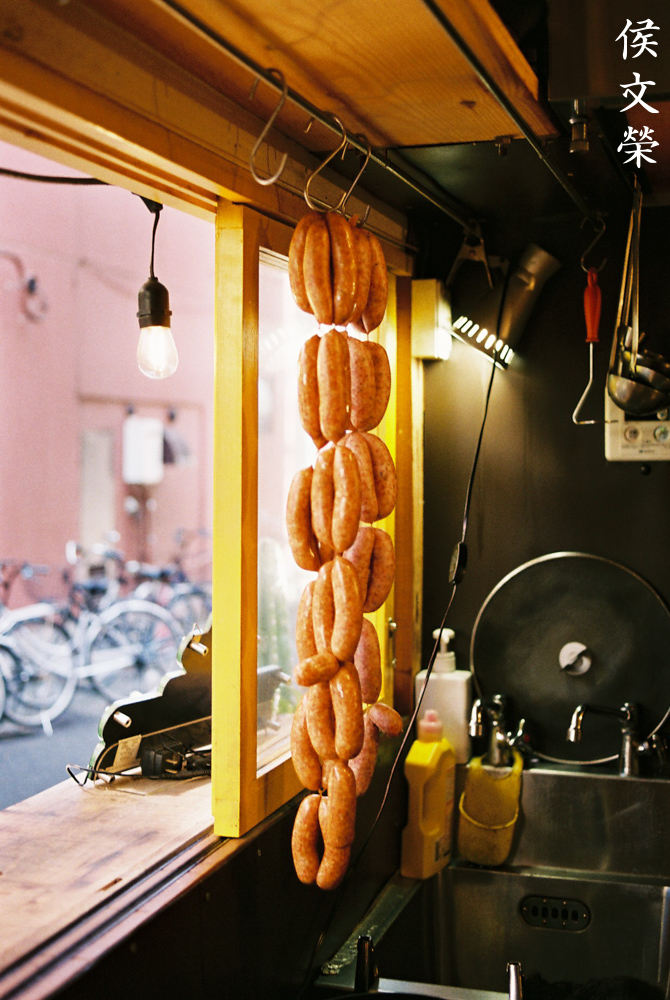
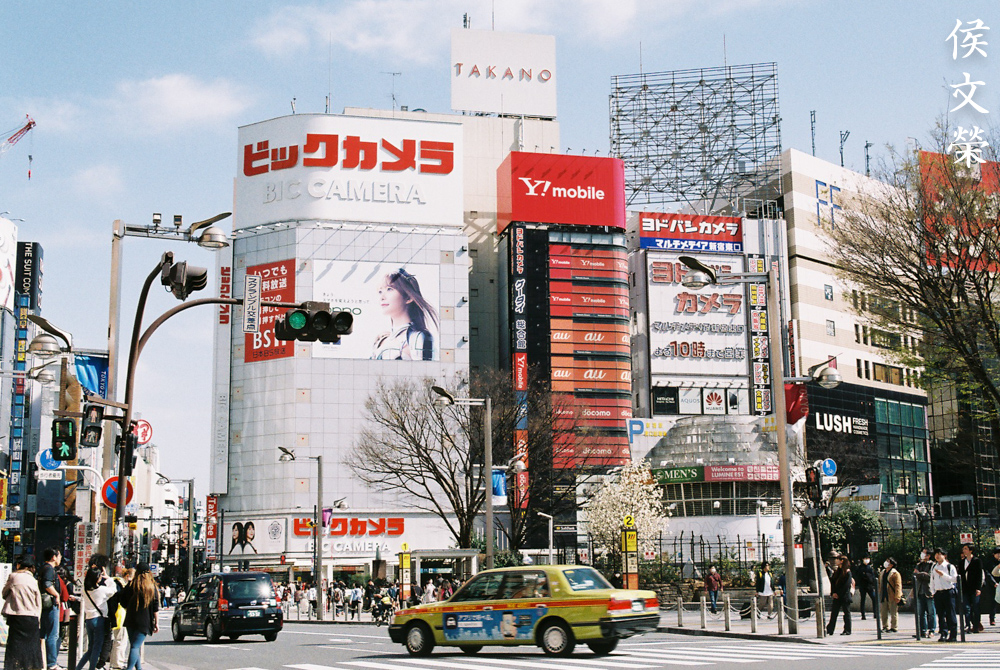
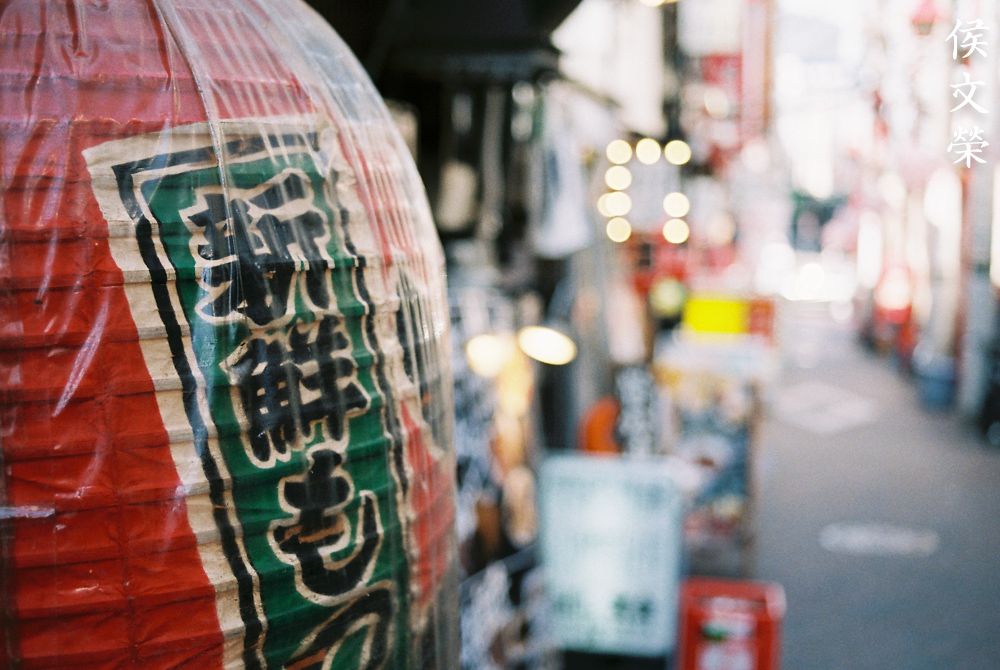
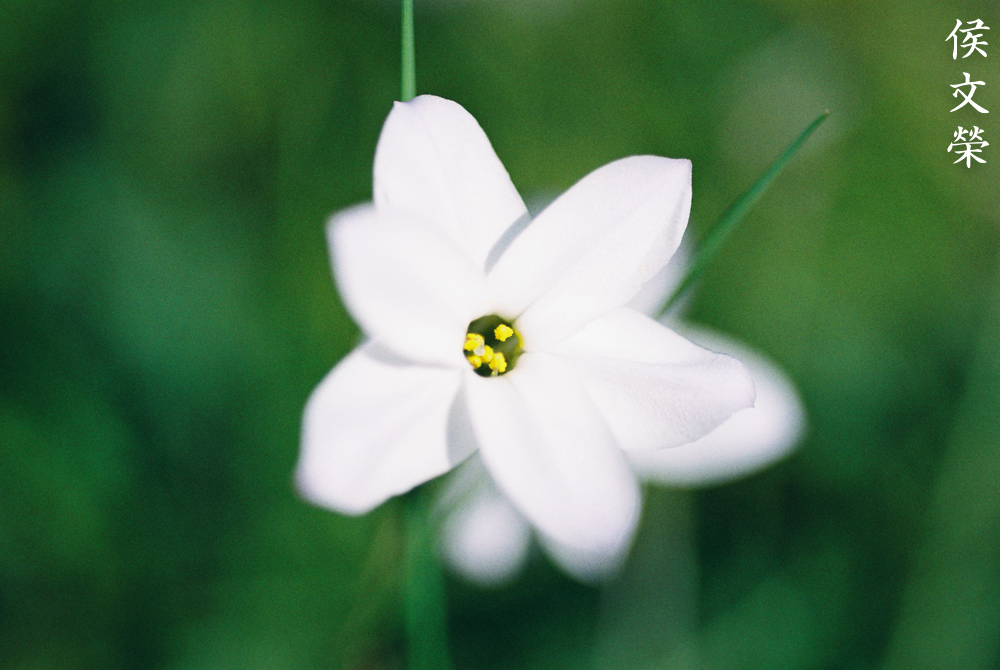

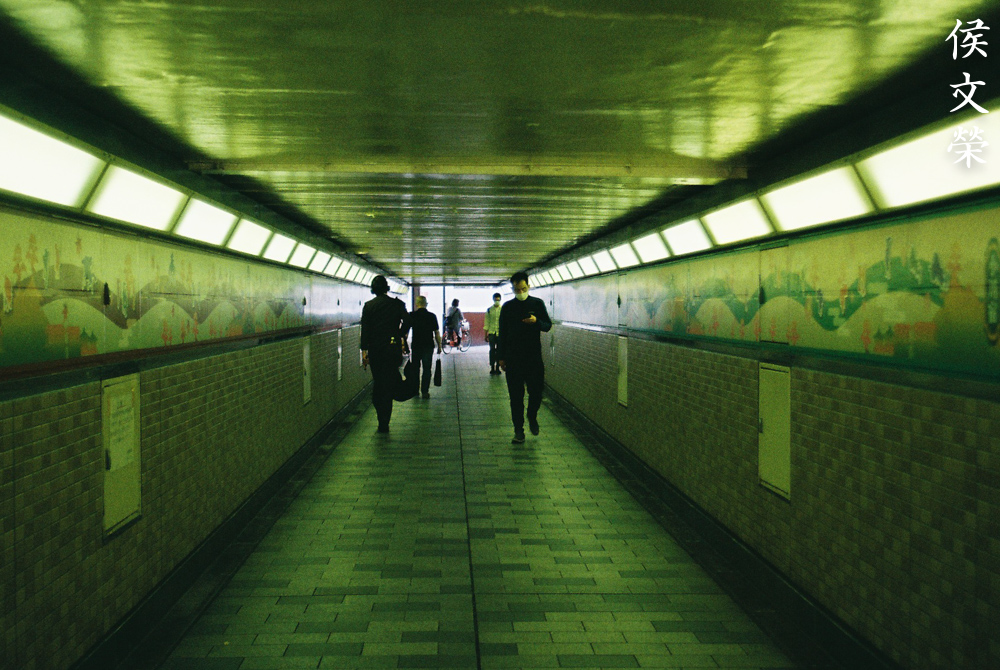
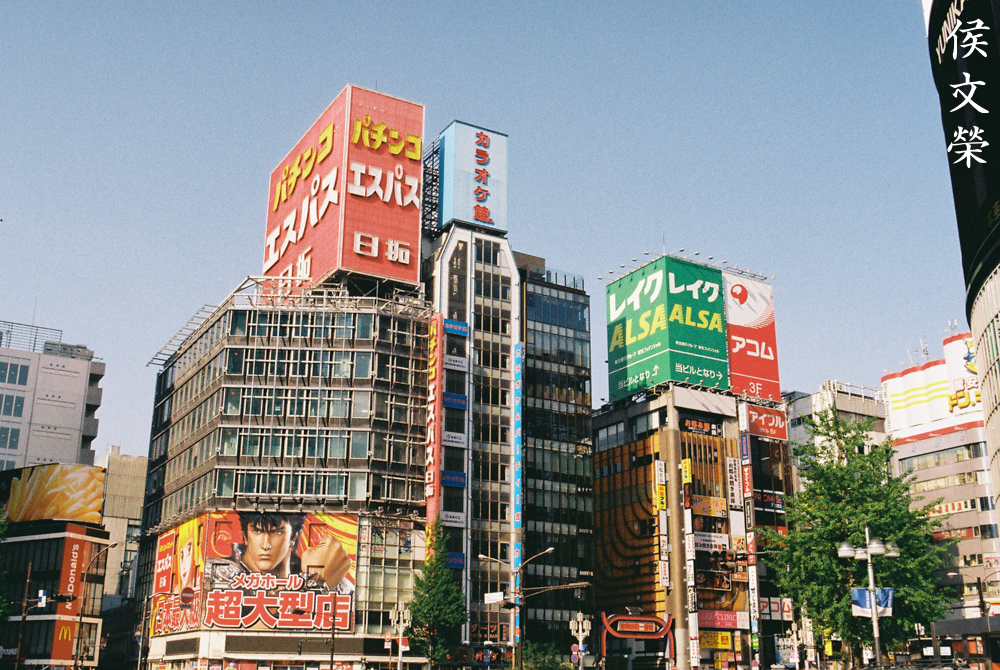
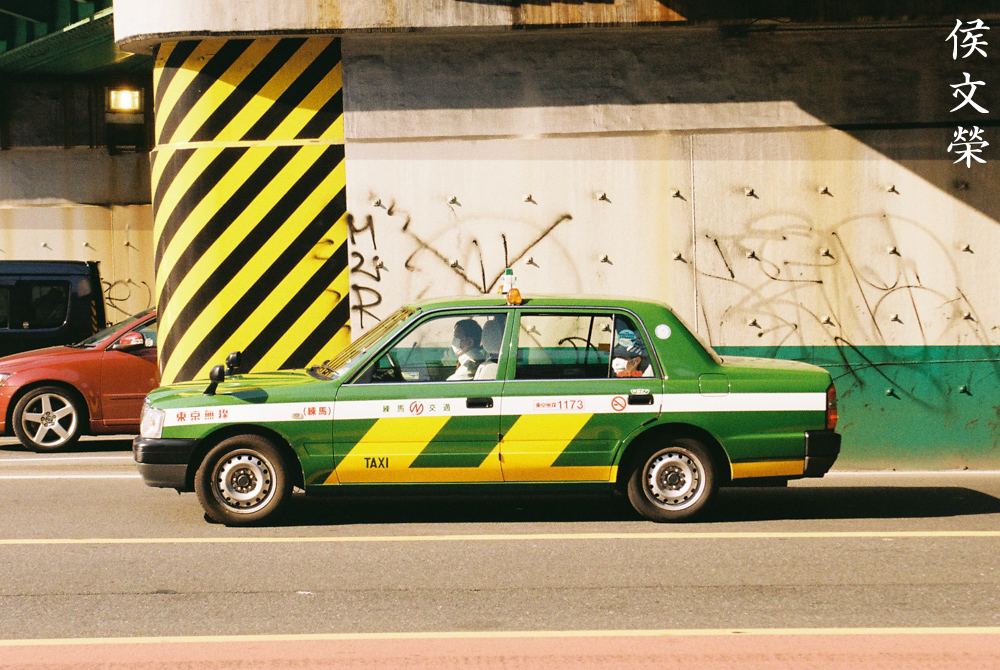
(Click to enlarge)
Here are more photos for you to enjoy. This is a nice film, it’s certainly not a premium stock but it’s better than what many people give it credit for. This is more-than-decent in my opinion.
I can recommend this film for anyone wanting to go cheap. This is a better film compared to the disgusting Fujifilm C200 that I dislike. That film makes white folks look like boiled prawn and asian people look like we’re sick. It’s a more refined film compared to the Fujifilm C200 and if given a choice, I’ll choose the Kodak Gold 200 any day of the year. I’m sure that most of you are familiar with this film already. If not, go give it a try and tell us how it went.
Help Support this Blog:
Maintaining this blog requires money to operate. If you think that this site has helped you or you want to show your support by helping with the site’s upkeep, you can make a small donation to my paypal.com (richardHaw888@gmail.com). Money is not my prime motivation for this blog and I believe that I have enough to run this but you can help me make this site (and the companion facebook page) grow.
Leave me some tip?
Thank you very much for your continued support!
$2.00
Helping support this site will ensure that this will be kept going as long as I have the time and energy for this. I would appreciate it if you just leave out your name or details like your country’s name or other information so that the donations will totally be anonymous. This is a labor of love and I intend to keep it that way for as long as I can. Ric.

Jun 28, 2020 @ 09:50:22
No doubt, film is getting crazy expensive. Thanks for the reminder that some cheap options still exist, and aren’t half bad for a lot of shooting.
Jun 29, 2020 @ 13:33:45
I like Kodak Gold 200’s look best when I overexpose it by a stop — essentially treating it like an ISO 100 film. It softens the colors a little and seems to blunt the film’s tendency toward being warm/yellow.
I miss Fujicolor 100 too.
Jul 03, 2020 @ 06:21:35
Sounds like I’ll have to give Kodak Gold 200 a try. Here in Australia, Fuji C200 is fairly cheap at 3 rolls for $20. I have been been shooting it overexposed by one stop (meter set to 100 ASA) and it seems to deliver good results.